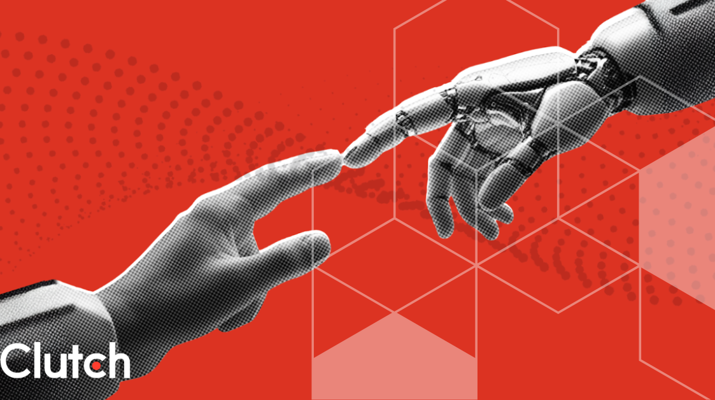![How to Create a Digital Marketing Budget [With Template]](https://img.shgstatic.com/clutch-static-prod/image/resize/715x400/s3fs-public/article/cbefcf801b6c486982d781482f9a654f.png)
![How to Create a Digital Marketing Budget [With Template]](https://img.shgstatic.com/clutch-static-prod/image/resize/715x400/s3fs-public/article/cbefcf801b6c486982d781482f9a654f.png)
Updated January 2, 2025
Loyal customers are extremely valuable to companies. Content marketing strategies can, and should, focus on creating customer loyalty.
Updated 09/07/2022
Marketing is a powerful tool for increasing customer loyalty through loyalty marketing.
Looking for a Digital Marketing agency?
Compare our list of top Digital Marketing companies near you
Customer loyalty is essential to a business’s success. Loyal customers return to your company’s products and services – but even more importantly, they often become brand advocates both on- and offline, sharing your company’s strengths and attracting new customers.
Through your marketing efforts, your company can be present in your customers’ lives as not only a brand but as a company they trust.
The more personalized and targeted your marketing is, the more impressed and loyal your customers will be.
Boosting customer engagement is challenge, but there are some retention strategies that are proven to work on all types of customers.
If you’re looking to increase customer loyalty through marketing, you should use 5 tactics:
Looking to boost customer retention? Hire a digital marketing company on Clutch.
To increase customer loyalty, start by learning about your customers and their daily lives. Gather insights into what kinds of jobs they hold, how they get to work, what they do for fun, and what they value.
Next, begin to piece together what a day in their life looks like. Ask:
“The better you can understand your customer, the more you can sympathize with them, and that builds loyalty,” writes Nicole Wright, content marketer at SimpleGrad and StateOfWriting. “The content you produce should sympathize with your customer. Become more than just a brand, demonstrate that you are the source of solutions to your customer’s problems.”
The better you know your customer, the easier it will be to cultivate loyalty.
Once you’ve gathered information about your customers, build an appropriate identity for your brand. A strong brand identity will resonate with your customers’ needs while expressing your business’s core values.
Your core values should capture what motivates and inspires you.
“Make your vision a part of your brand identity,” advises Norman Gonzalez, customer service manager at UKTopWriters and BoomEssays. “People react strongly to brands that have a mission. Create content that tells your brand’s origin story, where you’ve come from and where you’re going.”
Some brands express their core values by aligning with larger causes.
Patagonia is a good example of a brand that expresses core values. Patagonia presents its brand as part of the solution for conserving the natural world.
For example, Patagonia posted a YouTube video about the Jumbo Valley and the fight to protect the wilderness.
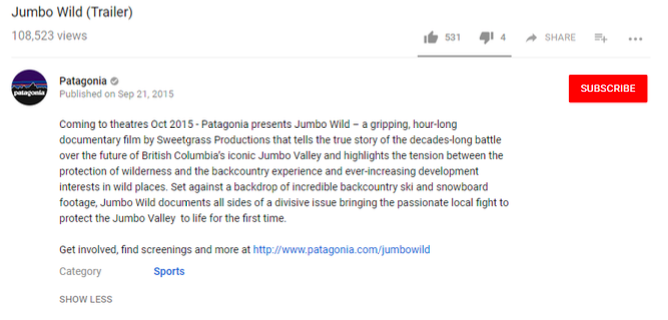
By dedicating itself to this cause, Patagonia attracts customers who share its values.
If you can align your company with a cause that your customers consider important, then you are in a strong position to foster loyalty.
Customers tend to be more loyal to brands that cultivate a sense of authenticity, and bold statements can instantly demonstrate authenticity.
If you’ve got a strong understanding of your customers’ values, don’t be afraid to make bold statements occasionally.
For example, in 2015, Ben and Jerry's launched a campaign against climate change. The brand released a new ice cream flavor to raise awareness of global climate change.
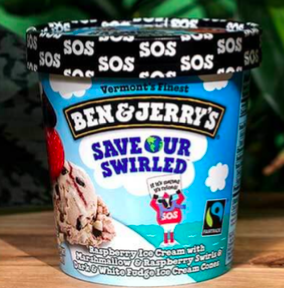
Source: Ben & Jerry's
The flavor’s packaging made a bold statement about the brand’s commitment to slowing climate change.
You don’t have to adopt an environmental cause, however. You can choose any cause that aligns with your values.
P&G, for instance, promotes diversity and inclusion. P&G creates marketing collateral that raises awareness of how women are underrepresented in leadership.
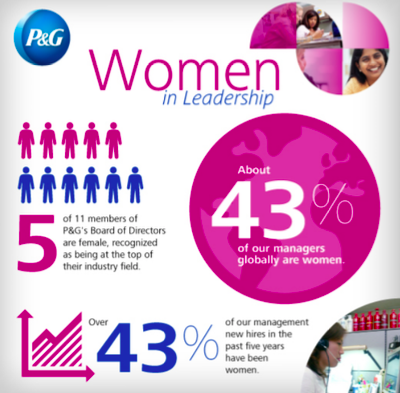
Source: Pinterest
P&G is not afraid to share its values and doesn’t mind alienating people who don’t believe in them.
Don’t feel like all of your posts need to be bold statements. Sometimes less is more; bold statements have a greater impact if they are an event, rather than a common occurrence.
Instead, use bold statements when they will have the most impact, and reserve the rest of your content for useful, relevant posts.
An occasional bold statement will reflect your brand’s authenticity, building customer loyalty.
Social media provides an excellent opportunity to interact with and create relationships with your customers.
By regularly posting content that is interesting and useful, you can begin an ongoing conversation with your customers. Over time, customers will look forward to seeing what your channel is up to, just as they do with their friends.
For example, Airbnb launched a campaign called “#weaccept” on Instagram. The campaign promoted acceptance and diversity.
By doing this, Airbnb may have alienated some users, but they managed to build a strong sense of community among followers who also value diversity and inclusion.
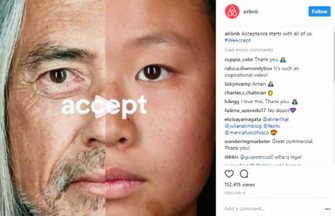
Social media also serves as a good platform for improving customer support. Hubs like Facebook and Twitter are excellent places to field customers’ questions and problems. Best of all, social media allows you to solve people’s queries in real time.
When customers know your brand is invested in helping them with any issues or problems, they will naturally trust your brand.
By cultivating relationships with customers on social media, you can improve customer support and boost long-term loyalty.
Customer reviews provide valuable feedback about what your brand is doing well, and where you need to improve. The more you improve your customers’ experience, the greater loyalty you will enjoy.
When you receive customer feedback you have an opportunity to create a loyal customer, even if they are temporarily unsatisfied.
Your response should show that you value feedback and are prepared to take steps to remedy the situation.
By doing this you can improve loyalty with the customer who wrote the review, as well as any others who read the review and your response.
Nothing encourages repeat purchases like a customer loyalty program with solid, desirable incentives.
Rewards programs turn existing customers into loyal followers by offering perks when a customer spends a certain amount.
Across all generations, the vast majority of consumers are program members of at least one loyalty program. The interest among consumers to earn perks is clearly present. This also confirms that consumers understand and may even expect loyalty rewards from their favorite brands.
In many cases, brand loyalty programs are directly related to high customer satisfaction. Three-quarters of customers favor brands that offer loyalty rewards. This means that having program members truly does encourage repeat purchases.
One of the most popular and successful loyalty programs is offered through the Starbucks mobile app and website.
Like other initiatives mentioned, rewards programs are particularly popular in the e-commerce and retail industries, but they can be implemented in any industry where repeat purchases are a goal.
The Starbucks rewards programs is simple and straightforward. Using the order ahead options on web or mobile, customers earn a set number of stars depending on their spending.
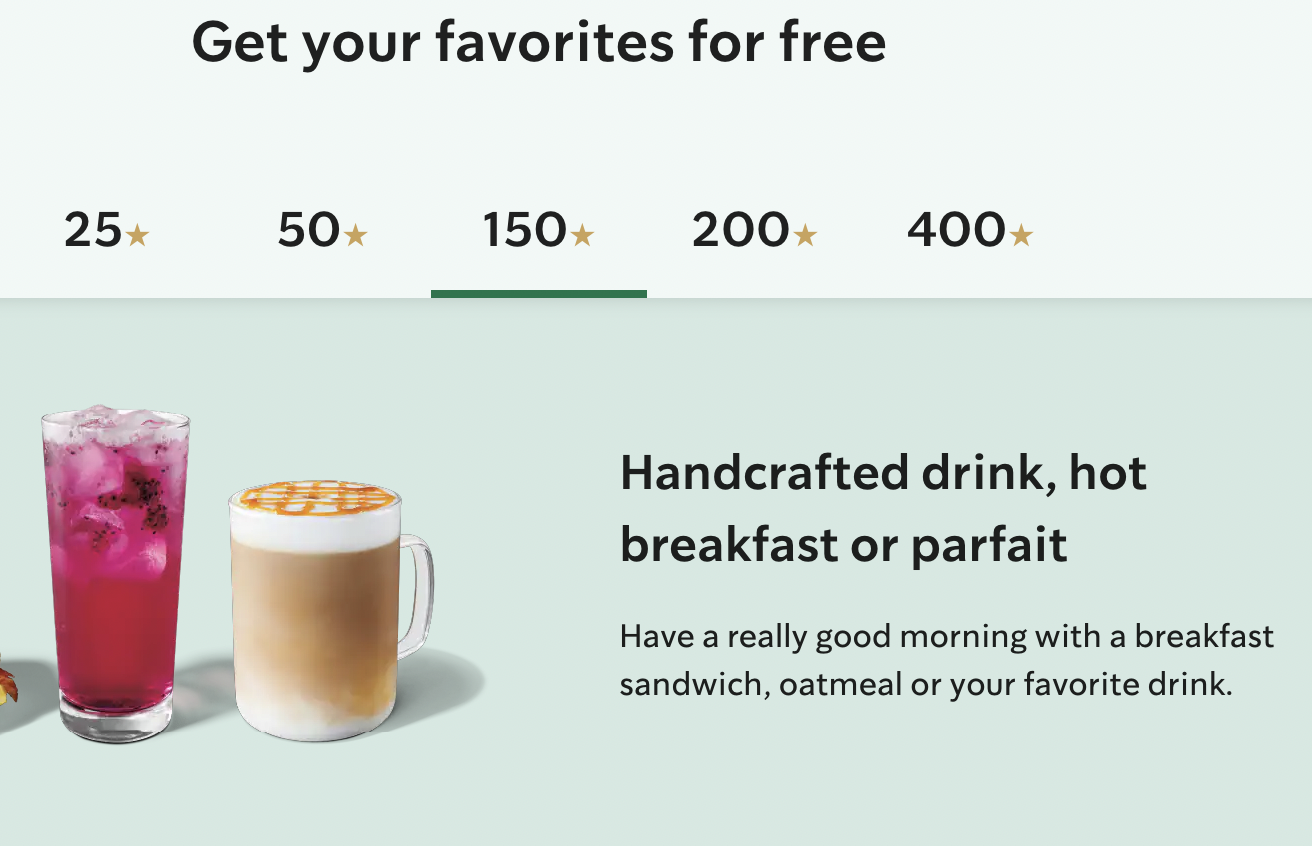
Source: Starbucks
After earning at least 25 stars, customers can spend their stars for freebies.
This program has been wildly successful in promoting brand loyalty as well as the mobile app. Here are a few things we can learn from how the coffee empire set up their program:
Referrals are a cost-effective way to deepen customer relationships. If building brand loyalty while improving customer acquisition is your goal, a referral program will be perfect for you.
Small businesses generally rely on word-of-mouth rather than complicated marketing campaigns to generate leads. In fact, 85% of small businesses say that that word-of-mouth brings in most of their customers.
There’s nothing wrong with good old fashioned customer recommendations. But, what if you could incentivize satisfied current customers to spread the word faster? Referral programs allow you to do just that.
A referral initiative is a marketing program that encourages rewards customers for bringing new customers to your business. This way, valuable customers that wouldn’t go out of their way to recommend a business otherwise are directly encouraged to do so.
Referring friends for freebies helps get repeat customers more involved with a brand, encouraging community and brand loyalty. Further, you crush your new customer acquisition metrics.
Tons of companies offer perks to customers that refer friends to their services. This happens across industries, but is particularly abundant in the e-commerce space. Here are a few quick examples:
Improving loyalty begins with getting to know your customer base. Once you understand what your customers need and value, you can build your brand’s identity on your own and your customers’ core values.
Customers appreciate authentic brands that take bold stances on issues that align with their values.
Finally, you can become part of your customers’ daily digital lives on social media and through responses to customer reviews.
By using these marketing tactics, you can boost loyalty to your brand.
Connect with a top-rated digital marketing agency on Clutch for peak customer experience benefits.
![How to Create a Digital Marketing Budget [With Template]](https://img.shgstatic.com/clutch-static-prod/image/resize/715x400/s3fs-public/article/cbefcf801b6c486982d781482f9a654f.png)
